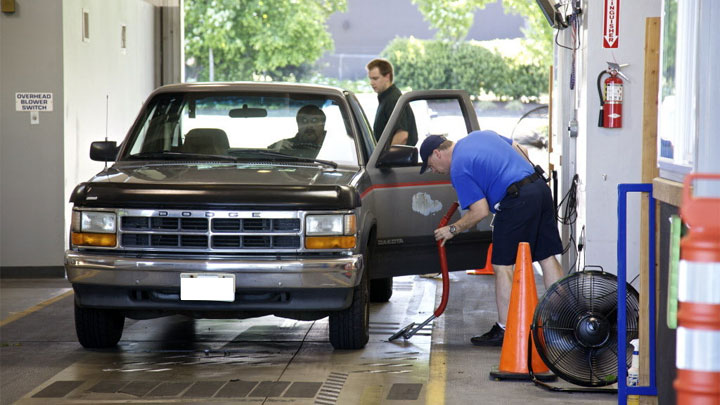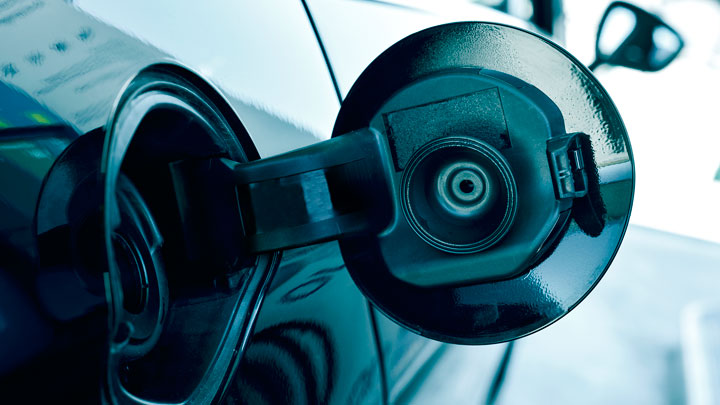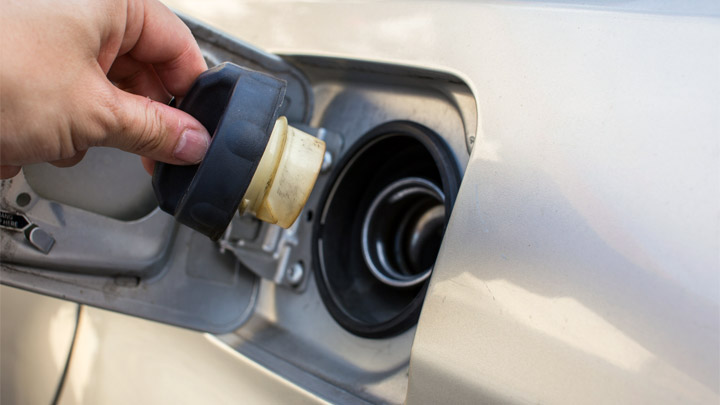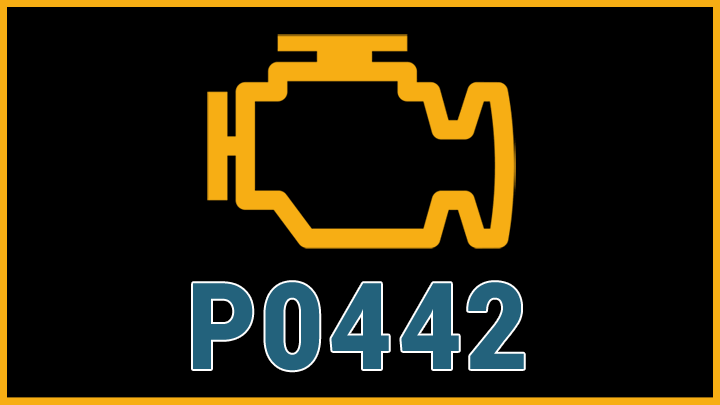Last Updated on September 27, 2022
When a check engine light pops on in your vehicle, it often sends your heart into your throat. Your mind starts racing and assuming the worst, and you rush to get the code read.
But now that you have the code, a P0442, what does it even mean? We’ll break down everything you need to know about this pesky code here. The good news is that it’s one of the best possible outcomes when you have a check engine light.
And did you happen to leave a gas station when the light turned on? We thought so.
What Does Code P0442 Mean?
Your vehicle’s evaporative emission system takes exhaust and redirects it back into the combustion chamber, which reduces the number of harmful hydrocarbons that your vehicle emits. But when your vehicle gets some readings that there’s a leak somewhere in the system, a code P0442 can result.
Keep in mind that a code P0442 is only for “medium” emission system leaks. If your vehicle has a “large” leak, it will present as DTC P0455 while a “small” leak will show up as P0456.
Symptoms of Code P0442

Most of the time, when you have a code P0442, you’re not going to have any noticeable symptoms. Of course, you’ll have the check engine light, but beyond that, you typically won’t notice a thing. Sometimes you’ll have a smell of fuel coming from your vehicle, but this is relatively uncommon.
If you are in a state or county where you need an emissions test, you’re not going to pass with a code P0442. Even though it’s a smaller size leak, most emission testers will automatically fail your vehicle if any emissions-related engine codes are present.
- Check engine light
- Failed emissions test
- Smell of fuel
Causes of Code P0442

While there aren’t usually any symptoms of a code P0442, there are a lot of potential causes. Chief among them is a missing or defective fuel cap, but that’s not the only thing that could be causing problems.
Any component in your EVAP system with a small leak could be causing this engine code, including all the clamps and O-rings, torn hoses, leaking gaskets, leaking valves, or even a defective sensor.
So, while the symptoms are often limited, the cause can be notoriously tricky to track down.
- Defective, damaged, loose, or missing fuel cap
- Worn clamps or O-rings in the EVAP system
- Torn EVAP hose or carbon canister
- Fuel tank sending unit gasket or seal leaking
- Vent valve or purge valve leaking
- Defective fuel tank pressure sensor
- Damaged fuel tank
See Also: Code Po449
Is Code P0442 Serious?
When it comes to check engine codes, a P0442 is as mild as it comes. While you’re not going to pass an emissions test with this code, most of the time, that’s going to be all that happens.
However, the more problematic issue is that you won’t be able to tell if there is another underlying condition because the check engine light is on. Moreover, the longer this issue persists, the more likely it will progress from a minor EVAP system leak to a more sever one.
So, while this code isn’t serious, you should still check the condition of your gas cap and if that seems fine, take your vehicle to the shop for repairs as soon as you get the chance.
How to Fix

When you’re troubleshooting a check engine light with many potential causes, it’s best to knock off the easiest to check components first. Take a look at your gas cap and the O-ring on the bottom of it. Also, ensure that it’s sitting completely flush when you tighten it down.
This is by far the number one cause of a code P0442, and it’s easy to fix even if you don’t have any mechanical experience. And while vehicles with a dedicated sensor to let you know when the fuel cap is missing will have a code P0457, those that don’t will present with the classic P0442.
From there, check to see if you can’t smell any fuel. If you can, you’re actually in luck. Track down the source of the smell, and there’s a good chance you’ll find your problem.
If you can’t smell anything, start with hoses and see if you can’t find any tears. If you can’t, you’re going to need an OBD-II troubleshooting tool to help you get some further numbers.
If you don’t have one, you can either invest in one of the top options for at-home mechanics, or you can take it to a repair shop and have them take a look at your vehicle for you.
If you do have an at-home OBD-II diagnostic tool start by taking a look at the sensor and valve readings. If anything looks amiss, that’s where you need to dig further.
If both all those numbers check out, it’s time to start taking a deeper look at gaskets. If you’re an experienced mechanic troubleshooting to this depth isn’t a complicated process, but if you’re not – you’ll likely be shooting in the dark and hoping that you’re replacing the right components.




